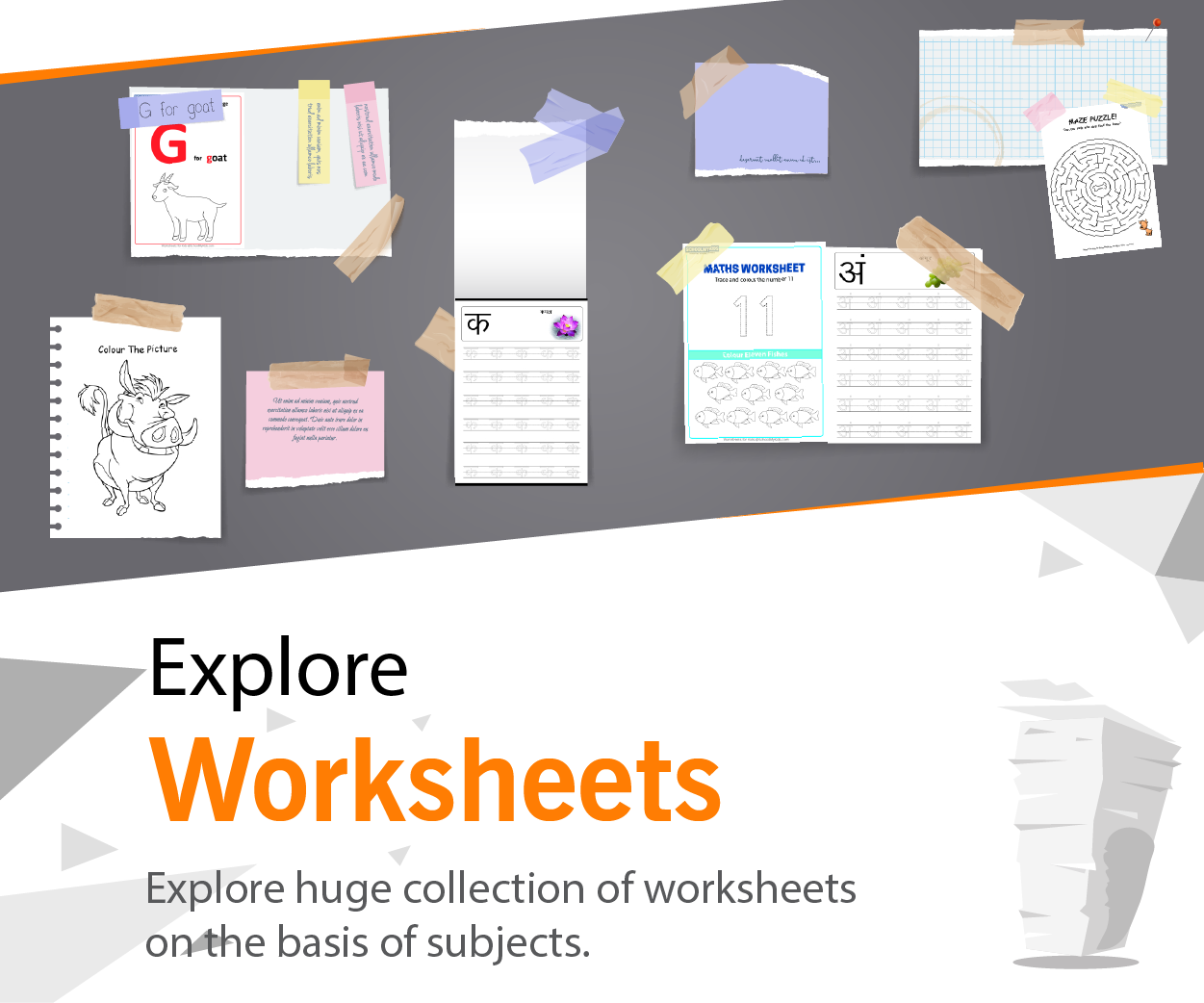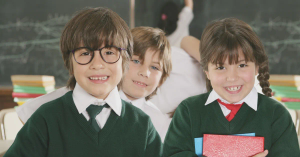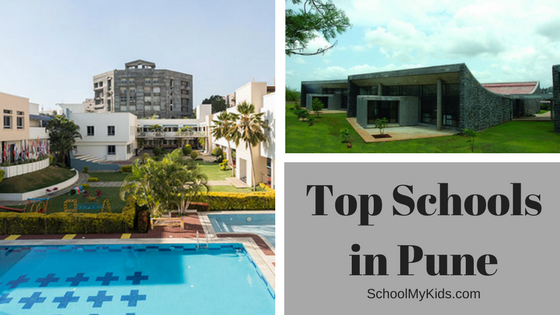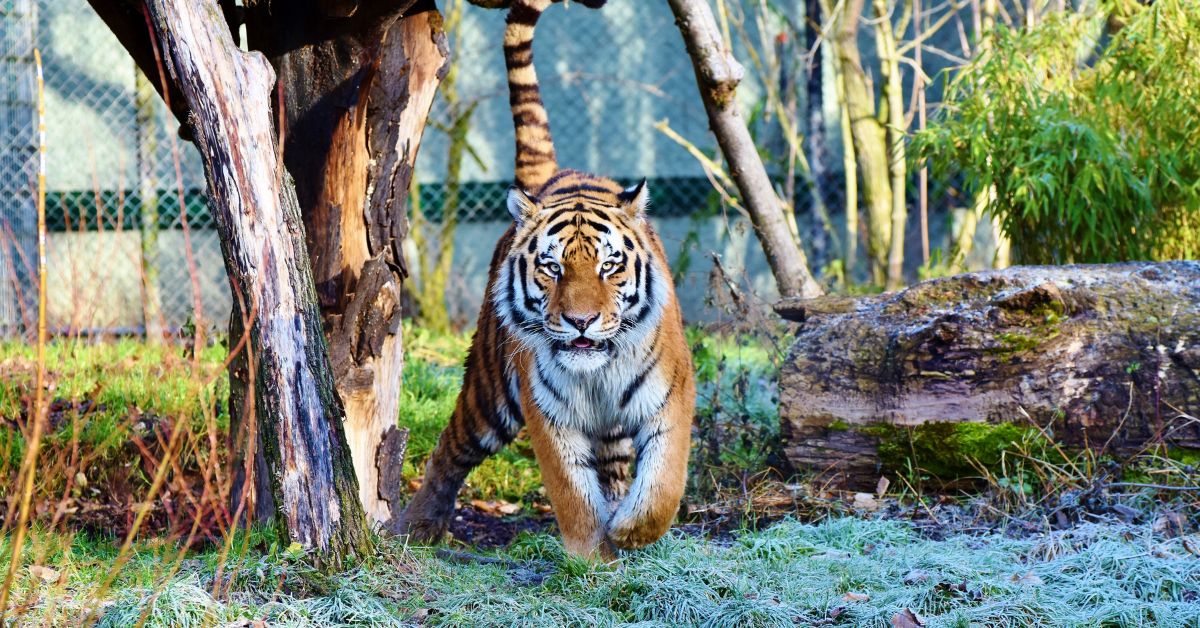Let's talk about something that many schools face - making the most of limited playground space. Small school playgrounds might seem limiting, but with a little creativity, they can become hubs of energetic activity and fun! The key is to choose sports and games that fit the space while still providing a great workout and opportunities for teamwork. Let's explore how to make the most of your smaller playground.
Defining a "Small" Playground
First, what exactly constitutes a "small" playground? Generally, small playgrounds range from 50 to 150 square meters. These spaces might not accommodate a full-sized basketball court or soccer field, but they offer plenty of potential for modified sports and activities. Keep in mind that playground size requirements aren't an exact science.
Games to Play on a Small Playground
1. Modified Basketball Games
- Half-Court Games: A half-court setup is perfect for smaller playgrounds. You can focus on skill development, such as shooting, dribbling, and passing, without needing the space for full court running.
- Around the World: This shooting game requires minimal space and can be adapted for different skill levels.
- Knockout: Another space-saving basketball game that keeps kids active and engaged.
2. Variations of Tag
- Classic Tag: Needs no equipment and can be played anywhere.
- Freeze Tag: Adds a fun twist, requiring tagged players to freeze until unfrozen by another player.
- Obstacle Tag: Incorporate existing playground equipment into the game, adding an extra challenge.
3. Four Square
This classic playground game requires only a ball and a marked square divided into four sections. It's great for developing hand-eye coordination and strategic thinking.
4. Volleyball (with modifications)
- Smaller Court: Reduce the court size to fit the playground dimensions.
- Beach Balls/Volleyball: A lighter ball makes it easier for younger children to participate.
- Lower Net: Use a lower net to make the game more accessible.
5. Dodgeball
A high-energy game that's perfect for burning off steam. Be sure to establish clear boundaries and use soft balls for safety.
6. Kickball
Similar to baseball but played with a larger ball that's kicked instead of hit with a bat. This can be adapted to fit smaller spaces by adjusting the base distances.
7. Jump Rope Games
- Single Rope: Individual jump roping is a great way to improve cardiovascular fitness and coordination.
- Double Dutch: This group activity requires teamwork and communication.
8. Creative Movement Games
- Simon Says: Encourages listening skills and following directions.
- Red Light, Green Light: A classic game of speed and agility.
- Improvisational Games: Encourage kids to create their own games and activities using the playground equipment.
Smart Space Management Tips
1. Use Multi-Purpose Markings:
Paint or tape different court markings in different colors. For example:
- Yellow lines for four squares
- Blue lines for mini basketball
- White lines for volleyball: This way, one space serves multiple purposes!
2. Vertical Space Utilization:
Think upward! Install:
- Wall-mounted basketball hoops
- Rebounding walls
- Climbing holds:
This maximizes your available space dramatically.
3. Time-Sharing Schedule:
Create a rotation schedule so different grades or classes can enjoy different sports throughout the day. This prevents overcrowding and ensures everyone gets to play their favorite games.
Safety Considerations for Small Spaces
Keep these important safety considerations points in mind:
- Maintain clear boundaries between different activity zones
- Use soft balls, when possible, to prevent injuries
- Install proper padding around permanent equipment
- Create buffer zones between active play areas and walkways
- Consider surface materials carefully - rubber surfaces can be great for small spaces
Conclusion
A small playground doesn't mean limited fun! With creative planning and smart space management, you can create an engaging and active environment for your students. The key is to focus on versatile sports that can be modified to fit your space while still providing excellent physical activity and skill development opportunities.
Start with one or two of these ideas and see how your students respond. You might be surprised at how much fun and activity can happen in a small space when it's well-planned and organized!







